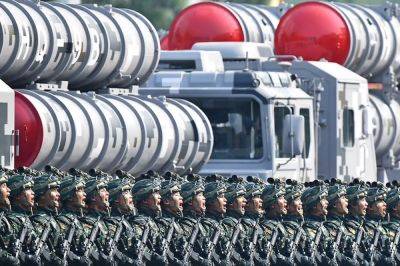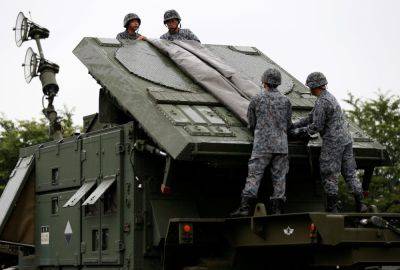US hints new stealth drone tech built to beat China
The US has signaled a potential strategic pivot from legacy intelligence, surveillance and reconnaissance (ISR) systems to more advanced platforms leveraging new technologies like space-based assets and stealth drones.
This month, The War Zonereported that US Air Force Secretary Frank Kendall hinted at a new ISR platform during a roundtable discussion before the Farnborough International Airshow in the United Kingdom.
The discussion, sparked by aviation journalist Chris Pocock’s inquiry about US ISR after the retirement of the U-2 Dragon Lady and RQ-4 Global Hawk, saw Kendall describe future ISR as “a combination of things,” including space-based capabilities and new systems like the E-7 command and control node.
The War Zone report says that while details are scarce, Northrop Grumman’s RQ-180 stealth drone, built for contested air space and known as the “White Bat”, is likely key to the new high-tech strategy.
It notes that the US Air Force plans to retire its U-2s, operated since the 1950s, and RQ-4 drones, first introduced in 2001, by 2026 and the end of 2027 respectively, despite Congressional resistance to shutting them down.
The moves reflect a US strategic shift toward more survivable and modern ISR systems in the face of increasing threats from adversaries’ air defenses, particularly from China and Russia.
The War Zone says the new ISR approach likely emphasizes distributed concepts and advanced computing to collect and prioritize critical data for near-real-time exploitation.
It notes that if the RQ-180 continues to receive government funding, it could serve multiple roles including electronic attack and data-sharing, and represents a move away from legacy platforms deemed too vulnerable for modern warfare.
Rece







